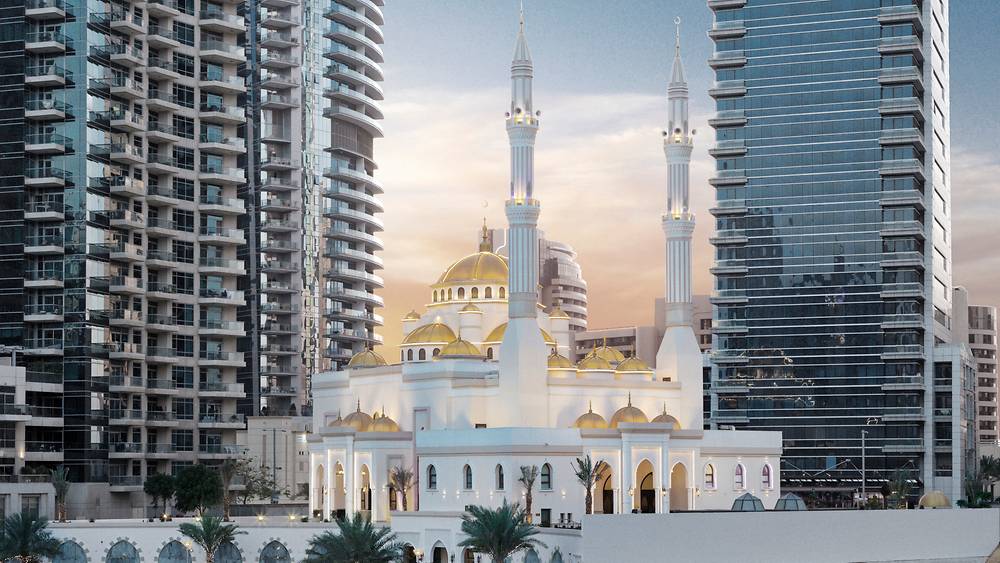Cargo news


Finnair’s Dubai route offers daily cargo service with wide-body aircraft
During the winter season, Finnair operates daily flights between Helsinki and Dubai. This seasonal route offers Finnair Cargo clients an excellent opportunity to leverage Dubai’s strategic position at the crossroads of Europe, Africa, and Asia.
The wide-body service runs from 26 October to 27 March, with flights departing Helsinki at 14:10 and arriving in Dubai at 22:50 and returning from Dubai at 00:35 to 06:00.
The route’s first winter season with a wide-body aircraft was last year, and the reopening has been highly anticipated by Finnair Cargo customers.
“We’re expecting a very successful season. Many of our clients have said they’d welcome a year-round connection, but naturally passenger demand impacts our network planning,” says Jukka Hämäläinen, Finnair Cargo’s Sales Director for Asia and the Middle East.
Dubai is a geographical hub
Dubai’s importance as both a passenger and cargo hub has grown rapidly. Dubai International Airport now connects to 272 destinations across 107 countries through 106 international carriers.
“The role of the Middle East has grown since routes over Russia to Asia have been restricted. Dubai currently serves as a major air transport hub connecting multiple continents across both passenger and cargo networks,” Hämäläinen notes.
Dubai also acts as a key transition point between sea and air cargo. For example, non-urgent cargo from countries like India and Pakistan is shipped to Dubai and then flown onward.
According to Hämäläinen, the United Arab Emirates is a highly competitive market with many carriers offering European connections. Finnair, however, stands out with its strong Nordic and Baltic network.
“The direct connection to Helsinki and onwards to Northern Europe is unique, and our Helsinki cargo terminal is among the best cargo terminals in the world with dedicated facilities and processes for special cargos such as pharmaceuticals and perishables. Another benefit for customers – besides the route being primarily served with Finnair’s modern Airbus A350 fleet – is the midnight departure from Dubai, which enables the cargo acceptance cut off time to be as late as at 6 p.m. Cargo customers also appreciate our accessibility and quick responses,” Hämäläinen says.
With Helsinki Airport never congested, our hub also offers reliable service with good turnaround times, which further boosts interest in Finnair’s European routes.
Economic capital of the region
Dubai has experienced intense economic growth in recent years and continues to attract large numbers of foreign nationals — currently around 80% of its population. It also hosts the regional headquarters of many international companies. This growth is fueled by advantageous tax laws, tax treaties, the absence of exchange controls, and flexible labor regulations.
Future economic expectations remain high. Dubai Economic Agenda (D33) — a ten-year plan launched in 2023 — aims to double the emirate’s economy and position Dubai as a leading global economic center.
In addition to tourism and hospitality, the UAE’s major industries include construction, manufacturing, energy, food and agriculture, as well as healthcare and pharmaceuticals. Dubai’s rapidly expanding industrial base — reliant on large volumes of equipment and raw materials — is driving strong demand for cargo operators.
Finnair’s strategy is not to simply chase high cargo volumes, but to focus on shipments requiring special expertise.
“We’re a small and agile operator, so it makes sense to do what we do best, handling special care cargo such as perishables and medical shipments. But with the wide-body aircraft, we also have plenty of capacity for general cargo,” Hämäläinen explains.
Flexibility in airport operations
Dubai International is one of the world’s busiest airports, with 96 million passengers expected in 2025. It has a 35,000 m² cargo facility capable of handling 3.1 million tonnes annually, bringing it among the world’s biggest cargo hubs.
“In general, Dubai International works very well. But to ensure the huge volumes there don’t affect our operations, we can also use Al Maktoum International Airport (Dubai World Central) to receive and transfer cargo if needed,” Hämäläinen notes.
A strong starting point
Hämäläinen believes that all these factors combined give Finnair a strong starting point for the season.
“The geopolitical situation isn’t making things easier for anyone. But based on our previous season and customer expectations, we look forward to a strong season ahead in Dubai.”